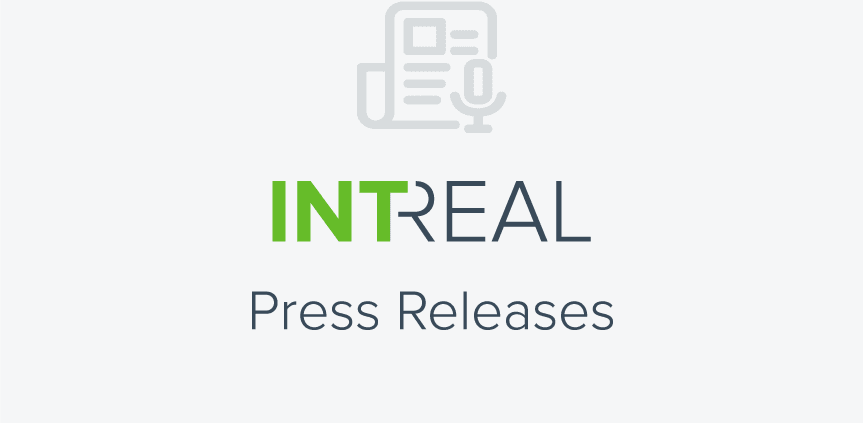Sustainable Finance Disclosure Regulation to enter into force on 10 march
03. Mar 2021
A few days from now, on 10 March 2021, the introduction of the Sustainable Finance Disclosure Regulation (OffV) will be the first major milestone of the EU’s ESG regulation to enter into force. The acronym ESG refers to the three dimensions of sustainability: environmental (E), social (S) and governance (G). Starting that day, all financial market players, including AIF management companies, will have to implement the requirements of the Regulation. The Regulation mandates more transparency in regard to sustainability. Generally speaking, AIFM companies will have to disclose the sustainability of their products in three instances: on their homepages, in their pre-contractual information and in their periodic reports.
Michael Schneider, Managing Director at INTREAL, commented: “The objective of the Sustainable Finance Disclosure Regulation is to ensure transparency about the sustainability of a given investment for the investor. The idea is to brief investors ahead of their investment decision about the consequences of that investment for climate, social aspects and corporate governance. However, the costs that AIFM companies face in this context are enormous. They are compelled to adjust their websites, sales prospectuses and investor information as well as their reports.”
Providing ESG Information on the Corporate and Product Levels
What exactly does the Regulation specify? Starting on 10 March 2021, all financial market players have to elaborate the ways in which they handle sustainability risks, both on the corporate and on the product level. One place where transparency on the subject must be provided is a company’s homepage. Here, every AIFM company must provide information on the strategies that the company has chosen to integrate sustainability risks into its investment decision processes. The information must specify, for instance, how sustainability risks are measured and weighted.
Moreover, it must include disclosures on sustainability in the pre-contractual information—essentially the key investor information and the sales prospectus—and in the periodic annual and semi-annual reports. Whenever the environmental or social merits of a financial product are advertised, these will have to be specified exactly, along with an explanation how these merits are to be achieved. Advertising a reduction in carbon emissions, for instance, necessitates a transparent account of how the sought reduction will contribute to the climate targets set by the Paris Agreement.
However, several key aspects of the Sustainable Finance Disclosure Regulation remain fraught with uncertainty. The EU has failed to meet its own time line for the legislative process. On 10 March, only the text of the regulation itself will enter into force (Level 1). The implementing provisions (Level 2) were originally meant to have been finalised and passed by the end of 2020. Since they remain unavailable even now, they will probably not have to be applied before the start of 2022.
Hannah Dellemann, the ESG Officer at INTREAL, commented: “On 10 March 2021, only the first part of the regulation will enter into force. Everything that market players do until then to meet the current regulation standard will have to be adjusted later on. It is now assumed that all of the disclosed information will have to be revised in whole or in part to meet the requirements that have yet to be finalised in the Level 2 rules. On the product level, this means specifically for Article 8 (Strategy) and Article 9 (Impact) that the Sustainable Finance Disclosure Regulation has yet to finalise the requirements that will need to be met in future. Similarly, the ESG disclosures of prospectuses and investor information will have to be revised again at a later point.” This implies considerable extra efforts on the part of AIFM companies.
Hannah Dellemann summed things up: “For the market players, the incremental enactment means primarily having to do the work twice over, a situation which could have been avoided by sensibly timing the process flows for the regulatory requirements. The actual market players are now the ones who have to bear the collateral damage thus caused.”
Download as PDF

